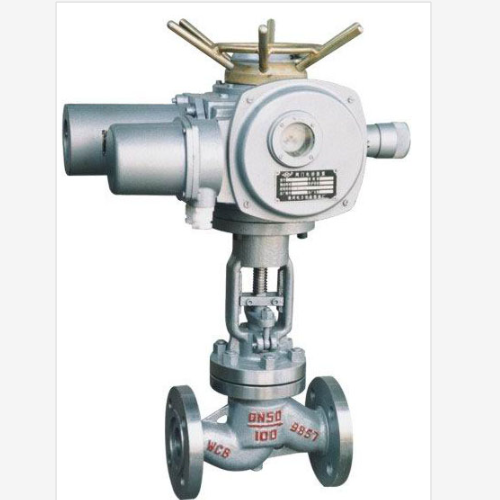flange pipe blind
Understanding Flange Pipe Blinds An Essential Component in Piping Systems
In the world of industrial piping systems, various components play critical roles in ensuring the safety, efficiency, and functionality of the entire system. Among these components are flange pipe blinds, instrumental in the management and control of fluid flow. This article explores the significance, types, applications, and installation procedures of flange pipe blinds, providing a comprehensive understanding of this essential component.
What is a Flange Pipe Blind?
A flange pipe blind, also known as a blind flange, is a solid disc used to seal the end of a pipe. Unlike regular flanges, which are designed to connect two pipes or facilitate the connection of valves, blind flanges are used to terminate piping runs. They serve various purposes, including the isolation of sections of a piping system for maintenance or safety, and preventing leaks and pressure loss.
Types of Flange Pipe Blinds
Flange pipe blinds come in various shapes, sizes, and materials, tailored to meet the requirements of different applications. Common materials include carbon steel, stainless steel, and alloys resistant to corrosive environments.
1. Standard Blind Flanges These are the most common types and are used in a wide range of applications. They are generally flat and designed to withstand high pressure.
2. Spectacle Blinds These consist of two pieces, a solid disc and a spacer, and are used primarily in piping systems where there is a need to isolate or connect a line securely. They can be flipped to either block the flow or allow it, making them versatile.
3. Piping Blinds for High Temperature and Pressure These are specially engineered to withstand extreme conditions found in some piping systems, such as oil and gas industries.
4. Custom-Flange Blinds In some cases, industries require blinds that meet specific dimensions or pressure ratings. Manufacturers can design and produce custom flange blinds to meet these unique specifications.
Applications of Flange Pipe Blinds
Flange pipe blinds have several critical applications across various industries, including
flange pipe blind

- Oil and Gas In petroleum installations, blinds are utilized to safely isolate sections of pipelines for maintenance, inspection, or when pipelines are temporarily out of service.
- Chemical Processing Blind flanges prevent the accidental release of hazardous materials and contain fluids within piping systems, thereby enhancing safety.
- Water and Waste Management In municipal water supply systems, blinds help isolate segments of the network for repairs without interrupting the entire service line.
- Pharmaceutical Industry They are crucial to keeping contaminants out of sensitive processes where purity is critical.
Installation of Flange Pipe Blinds
Installing flange pipe blinds is a straightforward process, but it requires attention to detail to ensure a secure and leak-proof installation. Here are the steps typically followed in the installation process
1. Preparation Before installation, the pipe ends (where the blind will be attached) must be cleaned thoroughly. Any rust, debris, or old gaskets should be removed to ensure a proper seal.
2. Gasket Placement A proper gasket is essential to prevent leaks. Place the gasket on the face of the blind flange.
3. Alignment and Tightening Position the blind at the end of the pipe, ensuring that bolt holes line up. Insert bolts and hand-tighten them to maintain alignment, then use a torque wrench to tighten them to the manufacturer’s specifications, ensuring an even pressure across the surface.
4. Testing After installation, it is essential to conduct a pressure test to ensure there are no leaks. This helps to verify the integrity of the seal and that the flange can withstand the operating conditions.
Conclusion
In conclusion, flange pipe blinds are vital components in modern piping systems, serving crucial functions such as isolation, safety, and maintenance facilitation. Understanding their types and applications can aid industries in selecting the appropriate blanks for their specific needs. As industries grow and evolve, so will the design and technology surrounding flange pipe blinds, ensuring they continue to play an essential role in the effective management of fluid systems.
-
The Key to Fluid Control: Exploring the Advantages of Ball Valves in Industrial SystemsNewsJul.09,2025
-
The Versatile World of 1, 2, and 3 Piece Ball ValvesNewsJul.09,2025
-
Stainless Steel Ball Valves: The Ideal Choice for Efficient Flow ControlNewsJul.09,2025
-
Optimizing Fluid Control with Ball Float ValvesNewsJul.09,2025
-
Manual Gate Valves: Essential for Control and EfficiencyNewsJul.09,2025
-
Everything You Need to Know About Butterfly ValvesNewsJul.09,2025
-
The Versatility of Wafer Type Butterfly ValvesNewsJul.08,2025




